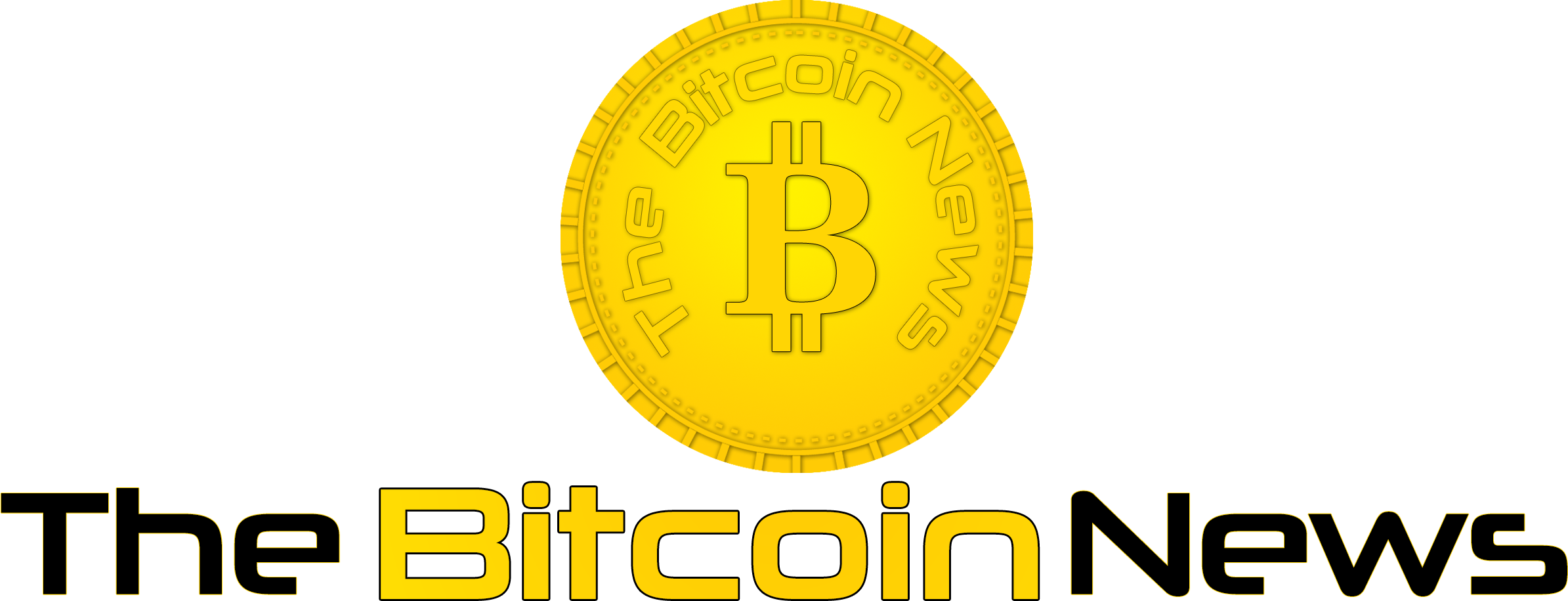
Stablecoin trading volumes skyrocketed following confirmation of the end of currency control measures in the Argentine markets. Local exchanges reported a 100% increase in trading volumes, initially driven by selling trends. However, by Saturday, buyers had taken control, leading to rising exchange rates.
Argentinian Stablecoin Trading Volumes Explode as Currency Controls Are Lifted
The impending liberalization of currency controls has caused turmoil in the Argentinian markets as traders react to their predictions for next Monday’s movements. The stablecoin market is no exception, with Argentinians initially selling digital dollars like USDT in large quantities.
Following Economy Minister Luis Caputo’s announcement regarding the measure, stablecoin markets on crypto exchanges erupted, recording significant increases in trading volumes. Lemon, a local exchange, reported that traded volumes increased by almost 100% within the hour of Caputo’s conference.
Lemon users favored buying stablecoins, with buy trades being 35% higher than sell trades. Yet, the opposite was true on other exchanges.
Bitso, one of the largest exchanges in Latin America, reported the opposite. Bitso customers placed more sell orders, causing prices to fall by 5% in the hours following the announcement.
The exchange noted that most traders moving their stablecoins were concerned about market behavior in the following week, but speculators also participated in this trading frenzy.
Julian Colombo, CEO of Bitso Argentina, described how market movements increased following the aforementioned announcement. He explained:
We are experiencing a period of high volatility, and this is reflected in user behavior. At Bitso, we are observing unusually high buying and selling volumes for this time of year.
It remains to be seen whether Argentinians will leave the stablecoin market in pursuit of real dollars, or whether stablecoins, which have traditionally experienced high trading volumes, will remain strong in the face of these currency changes. Facts suggest the latter will be the case, as demand for stablecoins rose again on Saturday, stabilizing the price of the digital dollar, in line with other dollar indices.
[newsletter_form lists="1"]










